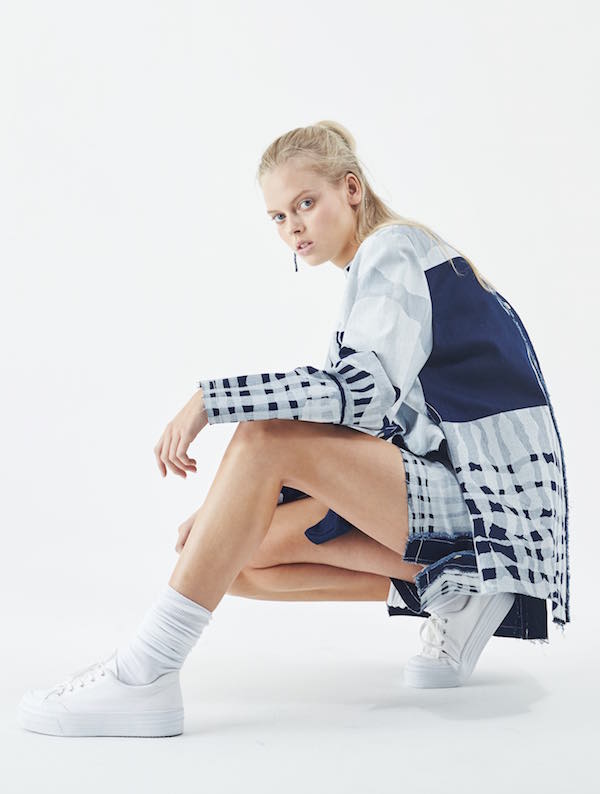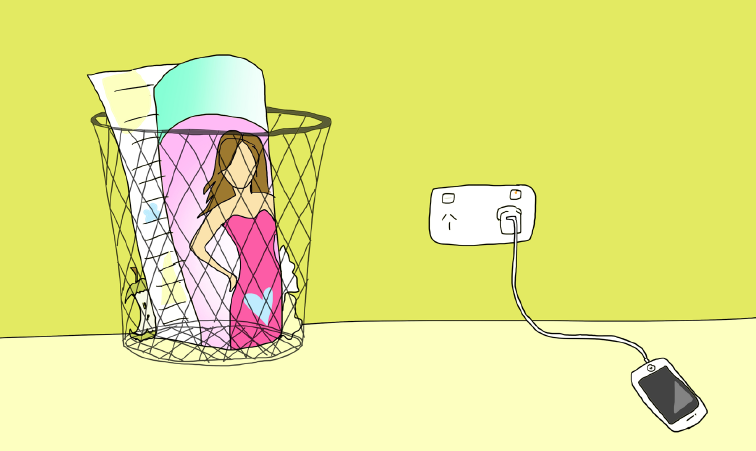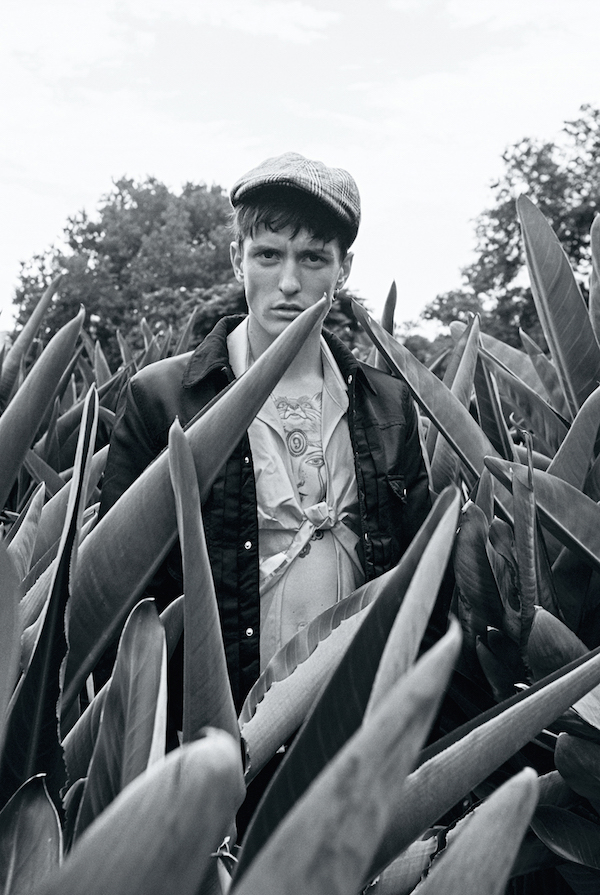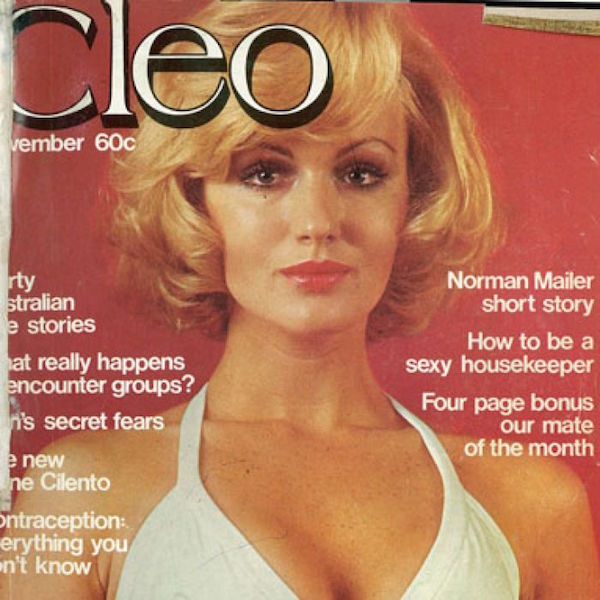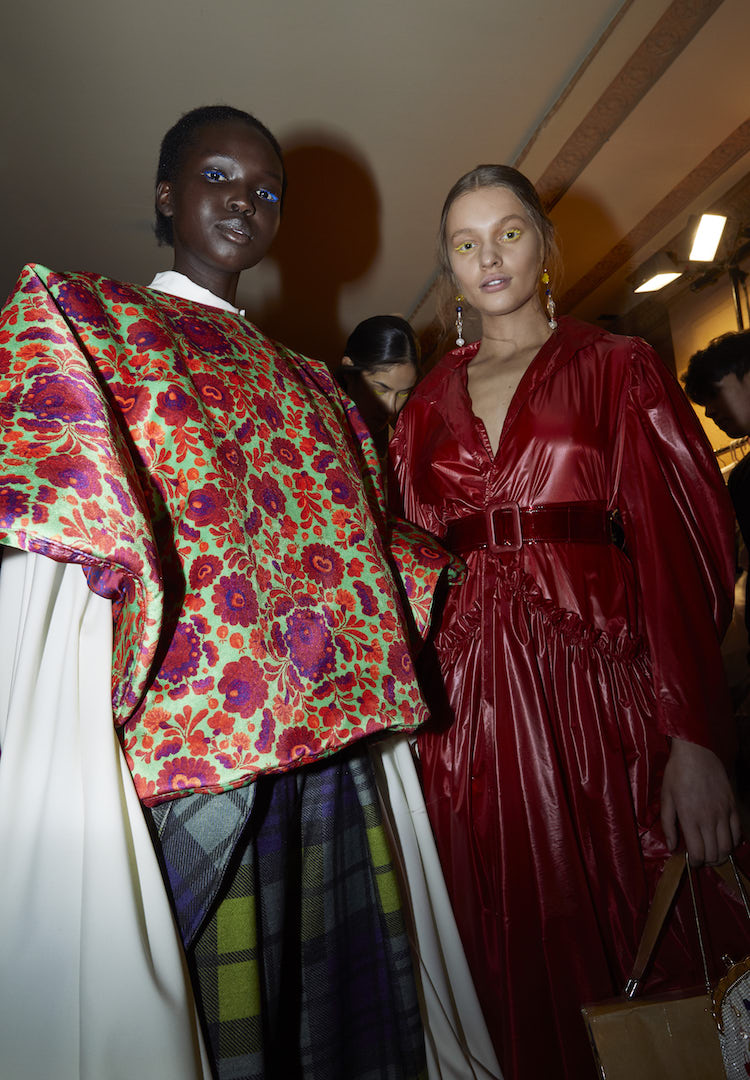What the closing of CLEO means for hopeful young journalists
Where to now?
When I was 16, I did an internship at my adolescent mecca: Dolly Magazine. I remember walking the halls of that Pitt Street office thinking yep, this is it. This is where the Sealed Section magic happens and I want to be a part of it.
Fast forward five years and where am I?Watching one of Australia’s largest print publications close its doors for good, and at a surprise to no one.
It’s with a heavy heart that I hear this news, because of a dream that was ignited many years ago: the dream to work in a magazine. I had always envisioned myself writing up a storm in a world that took all the best bits from The Devil Wears Prada. But sadly, CLEO’s closing takes me, and a whole lot of other young journalists, one step further from this adolescent fantasy.
Don’t get me wrong, there is still demand for journalists both in fashion and other industries. However, today it’s a whole different ball game.
When I walked those Pitt Street halls as a wide-eyed intern in 2010, circulation at CLEO was over 120,000. Readership was steady and hope was still alive. At the close of the magazine, however, circulation had declined to just over 40,000.
But not all hope is lost. Just check the growing number of publications headlining my Facebook feed.
It makes sense. Online publications keep readers up to date with news as it breaks, as well as encouraging interactive participation from readers – something magazines just cannot compete with. Australian online powerhouses like Pedestrian.TV and Mamamia can receive upwards of 1 million visitors a month, which is significantly more than CLEO was receiving towards the end.
Arguably journalism isn’t experiencing a decline. It’s just shifting.
And with this shift to online and social, (hello 2000+ Insta followers), a career should come easy, right?
Well, easy to me and about a few thousand other millenial grads.
Let me take you back to my first ever uni lecture. Picture me, a wide-eyed 18-year-old excited about her future. Then the lecturer opened his class and broke my heart. He told us that out of the 200 of us, only 10 would make it as journos.
I wasn’t naive enough to think the demand for positions in journalism was overwhelming, but c’mon, 10 jobs?
Well, turns out it’s a little more than that. But it’s still pretty bleak.
A survey of 634 journalism graduates last year* showed that four months after graduating, just over a quarter were working as journalists, while a further 4.6 per cent had a role in the media, but not as reporters. Put simply, competition is fierce.
And so, as any aspiring journalist can tell you, you’ll have to work for free. Unpaid internships are basically the backbone of any portfolio, so if you’re considering this career, prepare to do a lot of the grunt work for nothing.
It’s because print journalism just isn’t what it used to be. The nine to five office model is dwindling, quickly being replaced by my two greatest fears: pitching and freelancing. I like being a strong independent woman as much as the next gal, but the idea of not having a steady pay cheque week-to-week sort of terrifies me.
Though as I pen this article for a print publication, I count my lucky stars that my dream is still, somewhat alive, even if the road here wasn’t a traditional one.
If I could tell my 16-year-old self anything, it would be to A: rethink the fringe and B: write your pretty little heart out. Twenty years ago, a job in print was as in demand as a teacher, but now it takes nine internships, the right connections, half a million Instagram followers and the promise of your firstborn to even get an interview.
The closing of CLEO is one small step backward, but as long as people are willing to read, I’ll be willing to write. Plus, having your work published is a pretty cool feeling – and it gives my mum something tangible to stick up on the fridge.
*survey by Graduate Careers Australia

